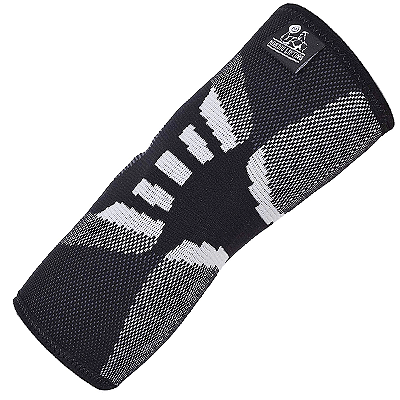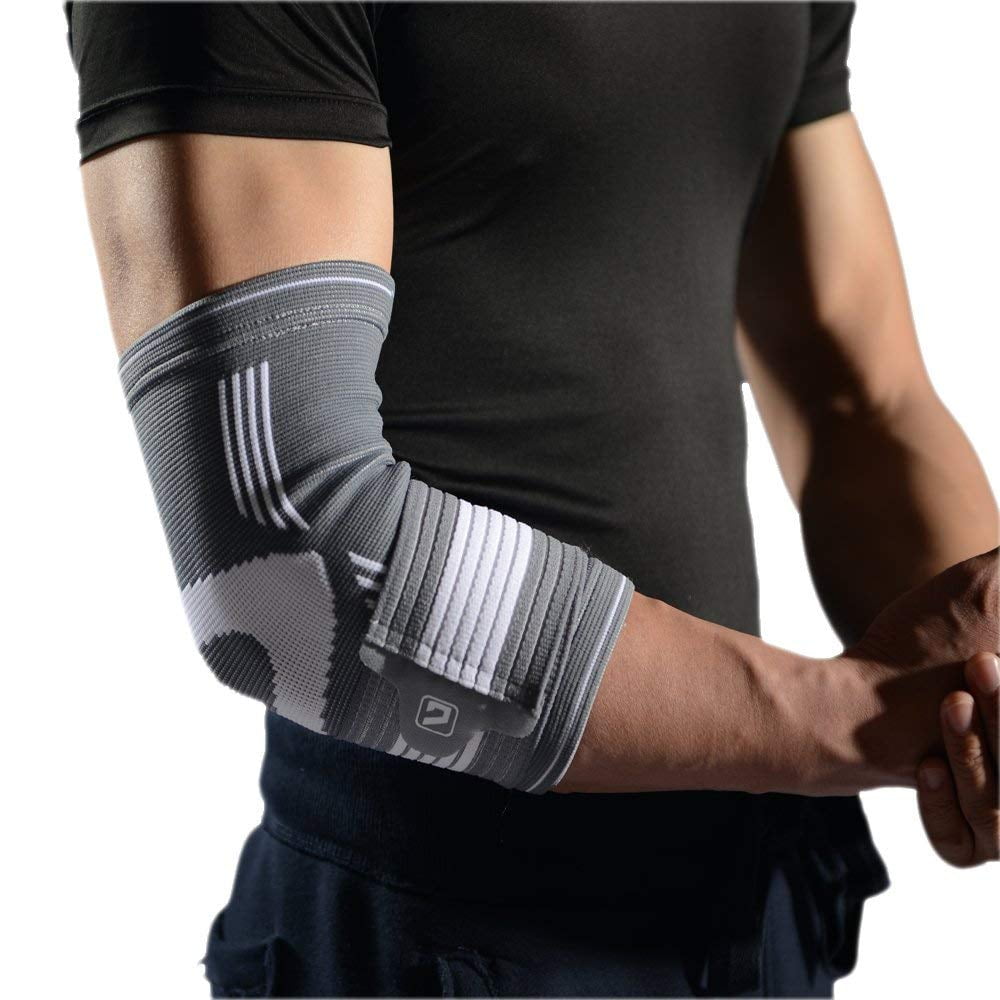

However, if you don’t have elbow sleeves or a compression cuff and are recovering from an injury, then using an elbow wrap would be the better option than not using any safety gear or accessory at all. Since it is much smaller, you may get a little bit more mobility using cuffs – however that also means you get less support during strenuous exercise, and retain less warmth.Īs for wraps, they’re less easy to use and wear, and are more intrusive. That said, the cuff is much smaller than the sleeve and is mostly for localized joint compression to help reduce pain, which then allows you to exercise more than if you weren’t wearing one.

How is the elbow sleeve different from the compression cuff or elbow wrap?Įlbow sleeves and compression cuffs are pretty similar to each other – they both provide compression to help with your aches and pains, provide muscle support, help you recover from muscle injury faster, and help you avoid new injury.

They’re legal to use in weightlifting competitions except for the bench press, because springier types of elbow sleeves help lock out the lift – and that’s why all elbow protection is not allowed for competition benching. It helps lower blood lactate level and blood pooling, which means lesser pain and swelling. In fact, they were initially used to cure problems related to blood vessel disorders, and have been around for about 60 years. Keeping your joints warm also means helping your connective tissue warm up more effectively, which is particularly important as you get older. These are sleeves you wear on your elbows to keep warm, help relieve aches and pains, and help you avoid injury.Įlbow sleeves provide compression and improve muscle tissue oxygenation – which enhances your performance during short bouts of exercise. But what are elbow sleeves I hear you ask and why use them?


 0 kommentar(er)
0 kommentar(er)
